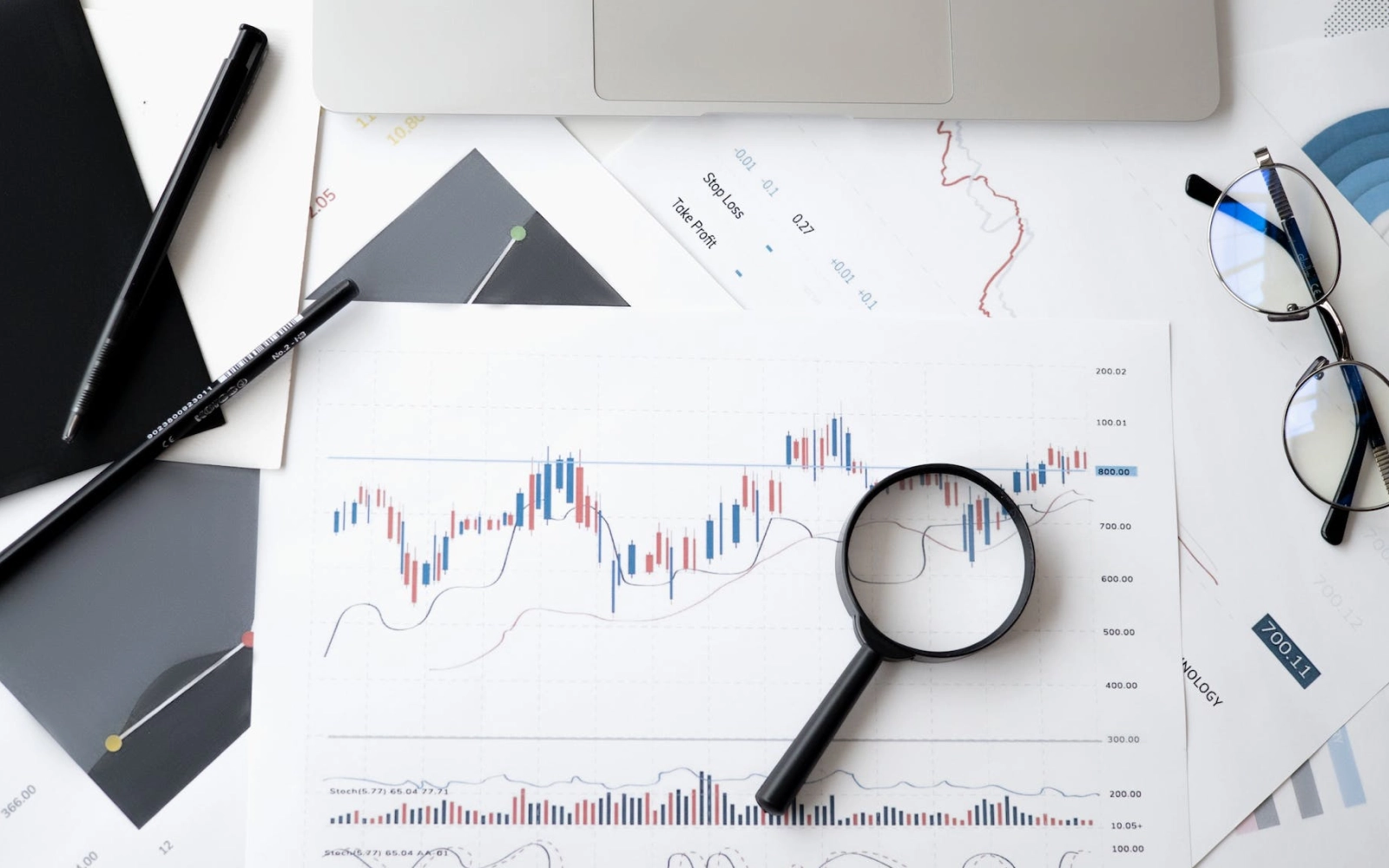Is your retail strategy good enough for the retail landscape? Do you know that data analytics and predictive modeling can help take your retail business to the next level? Demand forecasting tools lets you plan your business strategy:
- Analyzing demand drivers by identifying consumption patterns of your customers
- Predicting the accurate forecast of the entire life cycle of SKUs
- Identifying market shifts
- Self-Learning from lost sales and finding new opportunities to engage with customers
and a lot more….
Let’s answer your questions by narrowing your understanding of demand forecasting in this blog and help you take your next steps to growth efficiently.
What is Demand Forecasting? Understanding Retail Demand Forecasting Tools
The utilization of retail demand forecasting software marks a significant shift from traditional methods of demand prediction, which often relied on simplistic historical data analysis and gut instincts. In today’s rapidly changing retail environment, such a narrow approach is no longer sufficient. The modern consumer landscape is characterized by evolving trends, shifting economic conditions, and an increasingly digital marketplace. In this context, retail demand forecasting software emerges as a crucial asset for retailers, providing deep insights into consumer behavior and market dynamics.
This software not only tackles the typical challenges of demand forecasting-such as predicting seasonal fluctuations, managing new product launches, and responding to market trends – but also enhances the retailer’s ability to plan for and execute successful promotional campaigns. From understanding and leveraging seasonal and holiday trends to optimizing new product introductions, the software offers a depth of analysis that can significantly impact a retailer’s bottom line.
AI-powered retail demand forecasting software utilizes data analytics to predict customer demand, enabling retailers to make informed decisions about inventory, staffing, marketing and more. Its primary objective is to optimize resources and maximize sales while minimizing waste and costs.
Below are a few of its predictive outcomes that you can expect when introducing it to your retail business:
Market Trend Analysis with Demand Forecasting Tools: Retailers use demand forecasting tools to analyze market trends and adapt their strategies accordingly. These tools provide insights that are critical for staying competitive in a rapidly changing market.
Crisis Management with Forecasting Software Tools: In times of crisis, such as a global pandemic, demand forecasting tools become even more critical as they allow retailers to quickly adjust their strategies to the changing market conditions.
Strengthening Supplier Relationships: Forecasting also impacts supplier relationships. With accurate forecasts, businesses can provide suppliers with more accurate orders to manage their production and inventory effectively. This collaboration leads to better pricing, priority treatment, and more reliable supply.
💡Fact
A report by Mckinsey Digital reflects that demand forecasting tools reduce the errors in supply chain networks by 30-50%, reducing lost sales by 65%.
Challenges in Retail Demand Forecasting
As we delve into the specifics of how retail demand forecasting software can transform various aspects of retail operations, it becomes evident that this technology is not just a tool for managing the present but a gateway to the future of retail. Let’s explore these key use cases and understand how this software can positively change your business outcome.
Consumer Behavior Complexity
Understanding and predicting consumer behavior is a monumental task. The growing impact of online reviews and social media has introduced a new dynamic where product popularity shifts overnight. Retailers must also balance the intricacies of brand loyalty against price sensitivity, a delicate act that adds further complexity to demand forecasting. This section will acknowledge these complex aspects of consumer behavior, exploring how they affect retail demand.
Unpredictable Shopping Patterns: Consumer preferences and shopping habits can change rapidly due to trends, economic factors, or external events like health crises.
Impact of Online Reviews and Social Media: The influence of social media and online reviews can suddenly alter the popularity of products, making demand hard to predict.
Brand Loyalty vs. Price Sensitivity: Balancing between customers’ brand loyalty and their sensitivity to price changes adds complexity to forecasting.
Market and Economic Fluctuations
The retail sector is acutely sensitive to the ebbs and flows of the economy. Consumer spending patterns can vary dramatically based on the overall economic health, making the task of demand forecasting a moving target. Additionally, the competitive dynamics of the market, including actions by competitors such as promotional campaigns or new product launches, add another layer of unpredictability. In this section, we will explore the challenges posed by economic sensitivity and competitive market dynamics.
Economic Sensitivity: Retail demand is often closely tied to economic conditions, with consumer spending fluctuating based on economic health.
Competitive Market Dynamics: In a highly competitive market, actions by competitors, such as promotional campaigns or new product launches, can unpredictably impact demand.
Supply Chain Constraints
A robust supply chain is the backbone of successful retail operations, yet it comes with its own set of challenges. Variability in supplier performance and extended lead times can significantly hinder a retailer’s ability to respond quickly to changes in demand. Let’s explore some discrepancies in supply chain that can affect retail demand: Supplier Reliability and Lead Times: Variability in supplier performance and long lead times can hinder the ability to respond to demand changes quickly.
Supplier Reliability and Lead Times: Variability in supplier performance and long lead times can hinder the ability to respond to demand changes quickly.
Global Supply Chain Vulnerabilities: For retailers relying on global supply chains, geopolitical issues, and international trade policies can impact supply, complicating demand planning.
Technological and Data Challenges
In the age of big data and advanced technology, the integration and management of data pose significant challenges for retailers. Ensuring the accuracy and timeliness of data collected from diverse sources such as sales, marketing, and supply chain is crucial for effective demand forecasting. Let’s explore some technological and data challenges that can hinder retail demand forecasting:
Data Integration and Quality: Integrating data from various sources (sales, marketing, supply chain) and ensuring its accuracy and timeliness is a major challenge.
Advanced Analytics Adoption: Implementing and effectively utilizing advanced analytics and AI for forecasting can be complex and resource-intensive.
Organizational Factors
Effective demand forecasting is not just a technological challenge but also an organizational one. It requires seamless collaboration across various departments such as sales, marketing, and logistics. However, this can cause complications by the presence of organizational silos. Let’s explore these factors:
Cross-Departmental Collaboration: Effective forecasting requires collaboration across different departments (like sales, marketing, logistics), which can be hindered by organizational silos.
Change Management: Adapting to new forecasting tools and methodologies requires change management and can face resistance within the organization.
Overcoming Challenges Through Retail Demand Forecasting Software
Retail demand forecasting software goes beyond conventional approaches, providing a comprehensive solution that empowers businesses to anticipate market trends, optimize inventory management, enhance overall operational efficiency and more. In the following sections, we’ll delve into key use cases that highlight how retail demand forecasting software can be a transformative force, driving improved business outcomes and positioning your enterprise for sustained success.
Seasonal and Holiday Promotions
Understanding Seasonal Trends: Retail demand forecasting software can be particularly useful in predicting sales spikes during holiday seasons or special events like Black Friday. By analyzing past sales data during these periods, retailers can stock appropriate inventory levels and plan staffing accordingly.
Forecasting for Specific Promotions: Special holiday promotions or limited-time offers can significantly impact demand. Retailers can use demand forecasting tools to predict the extent of these impacts and adjust their supply chain strategies using supply chain forecasting software.
New Product Launches
Predictive Analysis for Launch Success: When introducing new products, forecasting software tools can analyze historical data of similar product launches to predict initial demand. This determines the right quantity of stock to procure and the intensity of marketing efforts required.
Integrating Market Trends: Retail demand forecasting software can incorporate broader market trends and competitor activity into the forecast, providing a more comprehensive view of potential demand for a new product.
Loyalty Programs and Member-Only Sales
Tailored Demand Predictions: Loyalty programs and member-only sales can create unique demand patterns. Retailers can use demand forecasting tools to predict how such exclusive offers will affect demand, both in the short and long term.
Personalized Promotion Strategies: By analyzing customer data, retailers can tailor these promotions to specific customer segments, enhancing effectiveness and improving demand forecast accuracy.
Flash Sales and Time-Limited Offers
Rapid Response Forecasting: For flash sales or time-limited offers, retailers need to react quickly. Retail demand forecasting software can provide rapid forecasts based on real-time data, helping retailers manage inventory and logistics efficiently.Analyzing Customer Behavior: Understanding how customers respond to these high-urgency promotions is crucial. Demand forecasting tools can analyze past sales data from similar promotions to predict customer response and optimize stock levels.
Analyzing Customer Behavior: Understanding how customers respond to these high-urgency promotions is crucial. Demand forecasting tools can analyze past sales data from similar promotions to predict customer response and optimize stock levels.
Online and Omnichannel Campaigns
Integrating Online Data: With the rise of online shopping, retailers must integrate online sales data into their demand forecasts. Retail demand forecasting software that encompasses both online and offline data can provide a more accurate picture of overall demand.
Omnichannel Strategy Optimization: For omnichannel retailers, forecasting software tools must consider how online promotions affect in-store demand and vice versa. This integration allows for a cohesive strategy across all sales channels.
Integration of Supply Chain Forecasting Software
Efficiency in the Supply Chain: The use of supply chain demand-planning software ensures that every aspect of the supply chain is optimized to meet forecasted demand. This integration allows for better planning and execution across the supply chain, leading to significant cost savings and efficiency improvements.
Risk Mitigation in Supply Chain Management: The ability to foresee and plan for future demand fluctuations using supply chain forecasting software mitigate risks associated with supply chain disruptions.
💡Fact
The same Mckinsey Digital report states that demand forecasting software reduces annual inventory maintenance cost by up to 10%.
Future of Retail with Demand Forecasting
In conclusion, retail demand forecasting software is an indispensable tool in the modern retailer’s arsenal. Its ability to provide accurate demand predictions empowers retailers to design and execute more effective promotion strategies. While there are challenges to its implementation, the advantages it offers in terms of increased sales, customer satisfaction, and operational efficiency are undeniable. As technology continues to evolve, so too will the capabilities of these forecasting tools, further enhancing their value in the dynamic world of retail.
Take the Next Step
Enable a customer-first approach by choosing the right demand forecasting tools. Gain data-driven insights and predict your next best approach to advance in your retail journey. Manage an easy flow of inventory and address your customer’s demand with modern technology.
Impact Analytics ForecastSmart™—Take advantage of advanced machine learning algorithms to generate precise forecasts for every SKU, at any store, style, or hierarchy level, throughout every lifecycle.





